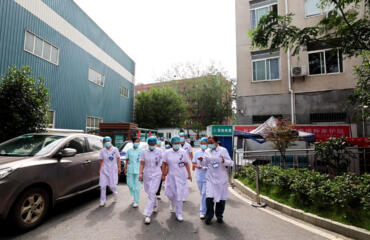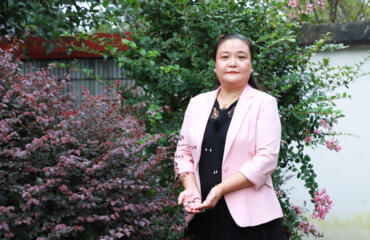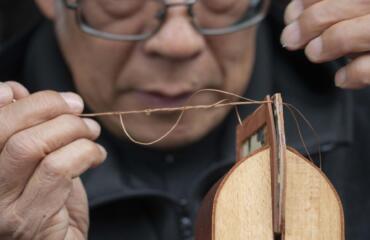In January 1941, more than 1200 people living in Panjiayu were massacred by the Japanese Army in a war crime that shocked China and its allies.
The history of Panjiayu was in danger of being forgotten, but in recent years an increase in tourism, a growing interest in Chinese history and the access provided by the Internet has led to a renewed interest in this dark chapter of China’s history.
I visited the town with my family during the Mid-Autumn Festival holiday in October 2021 to see how people in the village live today and what their memories are of that horrific day 80 years ago.
To commemorate the massacre, the local government built a memorial hall in Panjiayu in Most of the villagers were the descendants of people who survived.”
At the foot of a little hill, the woman said: “The Japanese army threw corpses here. A lot of little children were held up and split down the middle by the Japanese army, they threw the bodies of children here. The corpses piled up into hills.”
The sign at the gate of the massacre site says, a little girl was lifted to the roof by her mother and survived. Some other young men, who fortunately went hunting in the mountains that day, also survived. With the victory of the War of Resistance, people gradually resettled Panjiayu and many of the present-day villagers are descended from those survivors.
Today, the town survives on its organic local produce of grapes, mountain vegetables such as cucumbers, mushrooms, peppercorns and corn, and fruit including jujubes, chestnuts, peaches, apples and persimmons, which they sell during the tourist season. Some families also run rural home-stays which offer bed and meal services for urban tourists who visit this thriving little village with a dark past.






















